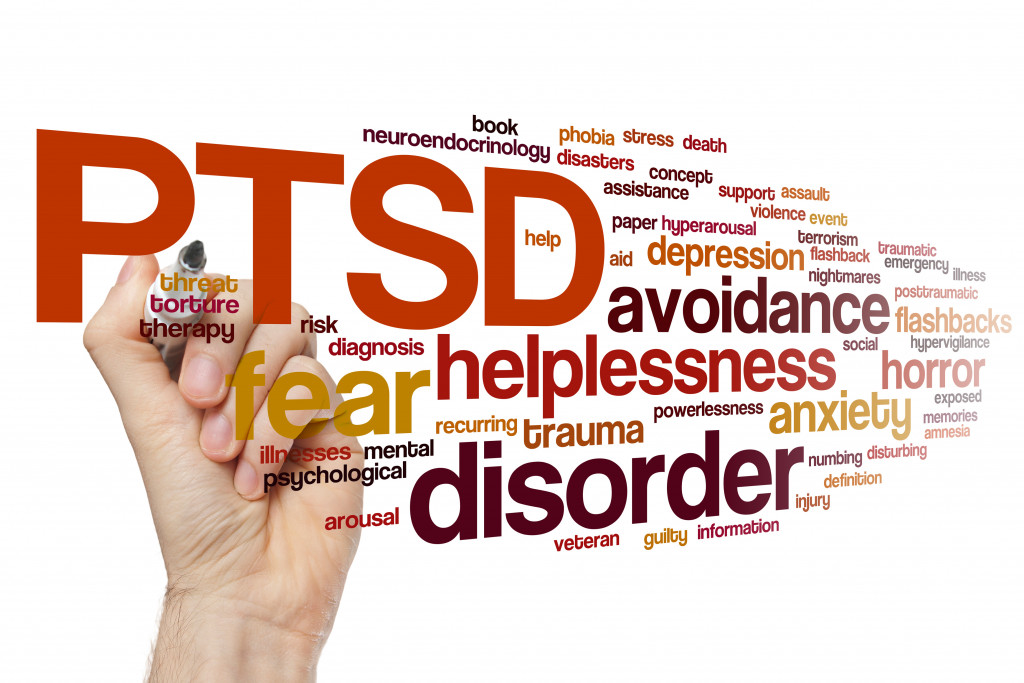If you or someone you know suffers from PTSD, it’s essential to know the treatment options available. While there is no “cure” for PTSD, various therapies and medications can help manage symptoms and allow people to lead relatively normal lives. This article will explore some of the most common treatment approaches for PTSD.
Trauma-focused cognitive behavioral therapy (TF-CBT)
TF-CBT has been at the forefront of treatment for posttraumatic stress disorder (PTSD). This evidence-based psychotherapeutic approach combines classical cognitive restructuring techniques with exposure and trauma processing to help individuals rebuild their lives after experiencing PTSD. The process is designed to resolve symptoms and teach individuals skills to cope with and prevent further distress.
Other goals focus on managing thoughts, feelings, behaviors, and social interactions and communicating more effectively. Combined with a supportive and nonjudgmental environment, these methods help empower mental health clients to face their issues head-on. Overall, TF-CBT offers strong efficacy for assisting people in managing their PTSD symptoms, allowing them to live fuller lives posttrauma.
Ketamine therapy
Therapy using ketamine is a relatively new treatment option for PTSD that has been gaining popularity. This approach involves using a synthetic drug, ketamine, to help individuals process and manage their trauma. The drug targets glutamate receptors in the brain, which helps reduce symptoms of anxiety and depression associated with PTSD.
Research indicates that sufferers can experience a significant reduction in symptoms after just one ketamine infusion. This also opens up a more rapid path to recovery, reducing the time frame for a full recovery.
Prolonged exposure therapy (PE)
PE is used to help individuals manage the anxiety caused by their trauma. The goal of PE is to allow individuals to confront and process their trauma, which leads to a decrease in PTSD symptoms and an improved overall quality of life. PE involves completing specific exercises over several sessions with a therapist, ultimately leading to reduced fear associated with memories and situations related to the original trauma.
Additionally, PE teaches strategies that can be used regularly when experiencing strong psychological reactions, thus providing increased coping skills. Over time, you can experience more and more benefits as the individual develops better control over their thoughts and emotions.
PE has significantly reduced PTSD symptoms such as flashbacks, nightmares, avoidance behaviors, intrusive thoughts, depression, irritability, and anxiety substantially more than other treatments alone.
Eye movement desensitization and reprocessing (EMDR)
During EMDR, clients confront traumatic memories in a safe and secure setting by focusing on triggers of emotion with the support of a trained professional. Movements such as eye movements and hand tapping help manage discomfort during the session so that clients can process their feelings more productively.
The ultimate goal is to reduce negative beliefs about oneself and increase positive emotions associated with trauma memories. Research has demonstrated EMDR is an effective form of treatment that decreases symptoms associated with PTSD, including anxiety, reduced quality of life, and depression. Researchers believe EMDR helps individuals reprocess trauma memories to create a healthier outlook on life, ultimately leading to improved mental health outcomes.
Medications
Medications are an effective treatment for the symptoms of PTSD. Evidence supports the use of antidepressant and antianxiety medications with psychological therapy to treat PTSD symptoms such as flashbacks, nightmares, and intrusive thoughts.
Antidepressants can help alleviate feelings of depression and suicidal thoughts as well as reduce irritability, sleep difficulty, and anxiety levels. Though this type of treatment does not target the underlying cause of PTSD- the traumatic event- it can relieve uncomfortable symptoms for many individuals. Overall, a combination of medication and psychotherapy has proven to be very successful in improving the lives of those dealing with PTSD.
Other options

As treatments for PTSD continue to evolve, so do the options available. In recent years, yoga, meditation, and aromatherapy have been gaining prominence as alternative treatment methods that can yield positive results. Yoga is a low-impact practice designed to increase physical flexibility and strength and help manage anxiety and stress levels.
Meditation helps create a sense of calmness by focusing on one’s breathing and allowing the thoughts to come and go while quieting racing minds. Finally, aromatherapy works by accessing certain scents or oils through specific practices such as massage or inhalation, which can produce relaxing effects helpful in managing mental health issues like PTSD. While you should discuss all of these techniques with your doctor to ensure they are suitable for you, their use can provide invaluable assistance in supporting overall mental well-being.
If you are struggling with PTSD, know that you are not alone and there are many treatment options available to you. Talk to your doctor or mental health professional about which one may be best for you.


